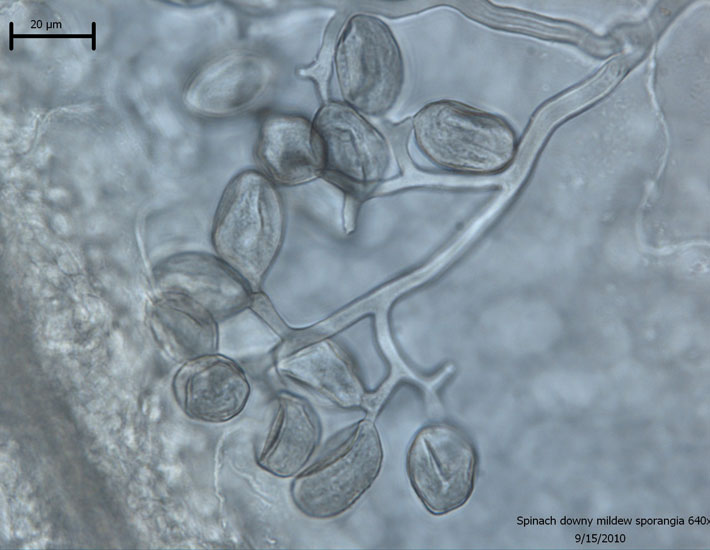All the greens I grow are in these two identical greenhouses. I think they were built before I was born. This summer their plastic coverings were replaced. Proper greenhouses have two layers of plastic covering them. On these two the top layer is regular greenhouse plastic and the bottom layer is fancy IR plastic with an anti-condensation coating. Air is blown through the two layers to help insulate the greenhouse from the outside. It's like a big, clear, puffy coat for the greenhouse instead of just a raincoat.
Which would you rather wear in the winter?
The heater and fans are controlled by a complicated control board (above right) which I only have to set once and then it does all the work.
At either end of the greenhouses are great big fans which turn on in a three step process if the temperature gets above 75 degrees. (I also measure the light with the
little box on a stick on the left and hourly temperature with
the white boxes four benches down on the right.)
If the temperature is lower than 75 degrees two little fans (in the upper right hand corner above) are always on to circulate the air. This is one way the powdery mildew spores got spread around. Since one set of fans is always on, it is always noisy.
Circulating the air is super important on hot and cool days. Right now air circulation is very important for spreading hot air from the heater around. Each greenhouse has one of these propane heaters. Hot air blows out the round part on the right. On cold days I stand right in front of it to warm up.








